High Performance JS & CSS
http://bit.ly/1gx0FRU
 http://bit.ly/1gx0FRU
http://bit.ly/1gx0FRU
Quick Performance!








How do we develop a app?










Performance matters ! ! ! !
Every milisecond counts
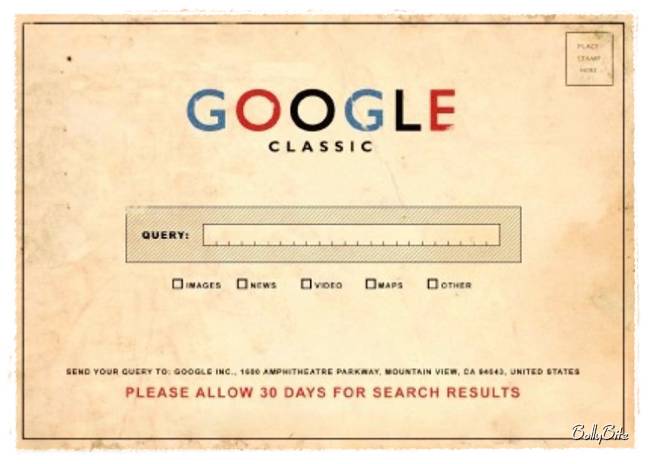

Optimization :-
- Subjective
- Could be Expensive
- Not Always Valid
- Don't Guess, Measure it
Expectations !!!
- Browser
- CSS
- JavaScript
- Debug
How Browser Works??

Browser
- Versions
- Bugs
- Changing
Why learn about Browser?
- Play Ground
- Geek / Freak
- Don't forget Devices
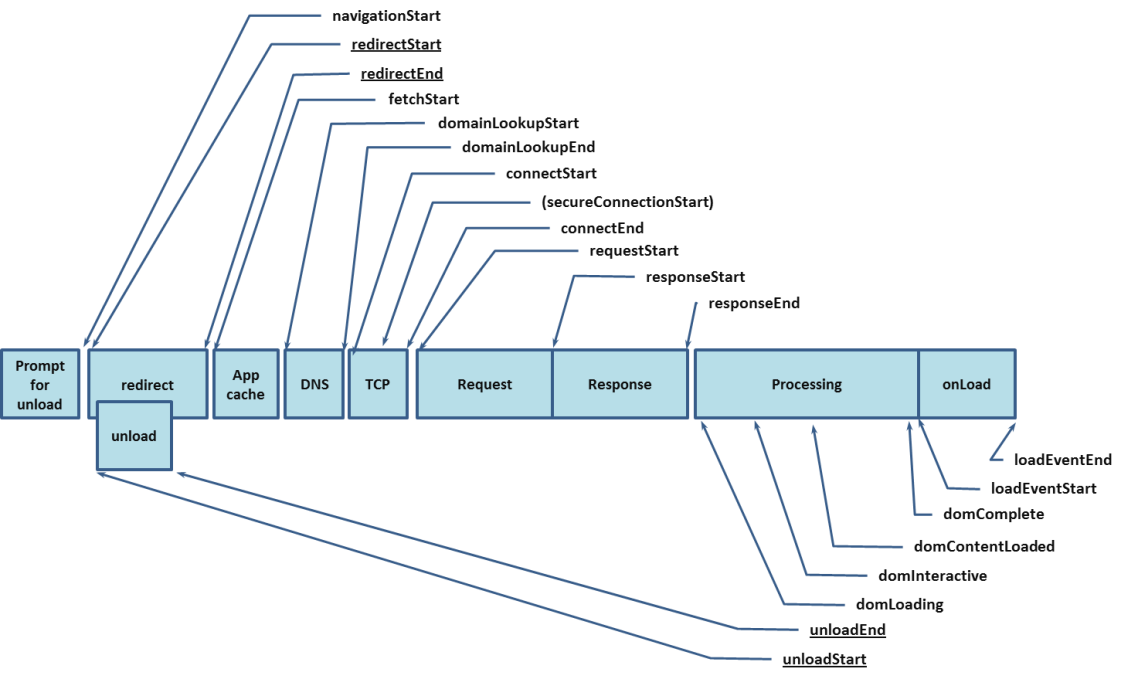 W3.org: navigation-timing
W3.org: navigation-timing
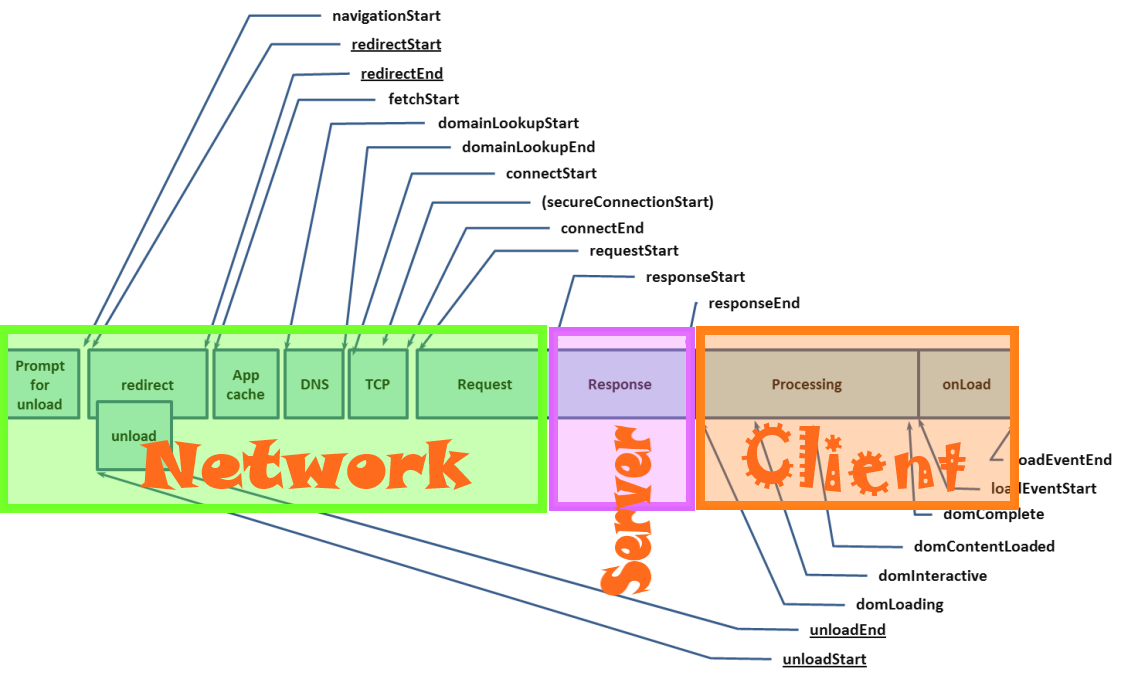
Your Html
1. <html>
2. <body>
3. <p>
4. Hello World
5. </p>
6. <div>
7. <img src="example.png"/>
8. </div>
9. </body>
10. </html>

Validate Html
Don’t Just Wrap a DIV Around It
Make HTML Parsing Easier
30 CSS Best Practices
Style
p,div{
margin-top:3px;
}
.error {
color:red;
}
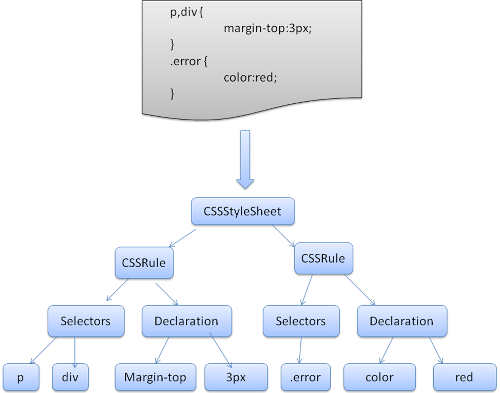
Render Tree

So far
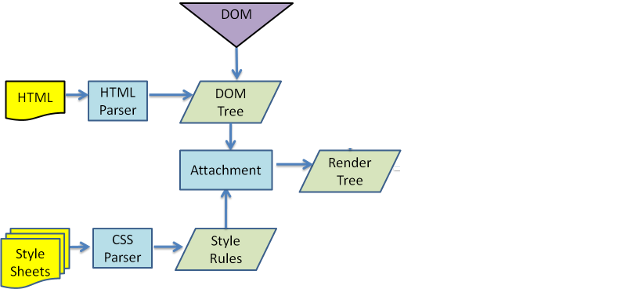
Layout
 CSS Layout Engines
CSS Layout Engines
Paint

Need to Change
Avoid Change
- Minimum change
- Don't change Layout
- Change Background Color
- Change Text Color
- Visibility: hidden
Re paint

More Changes => More Work
- Change Layout
- Change Width / Height
- Change Font
- Move DOM Node
- Resize Window
- Display: none
Re Flow
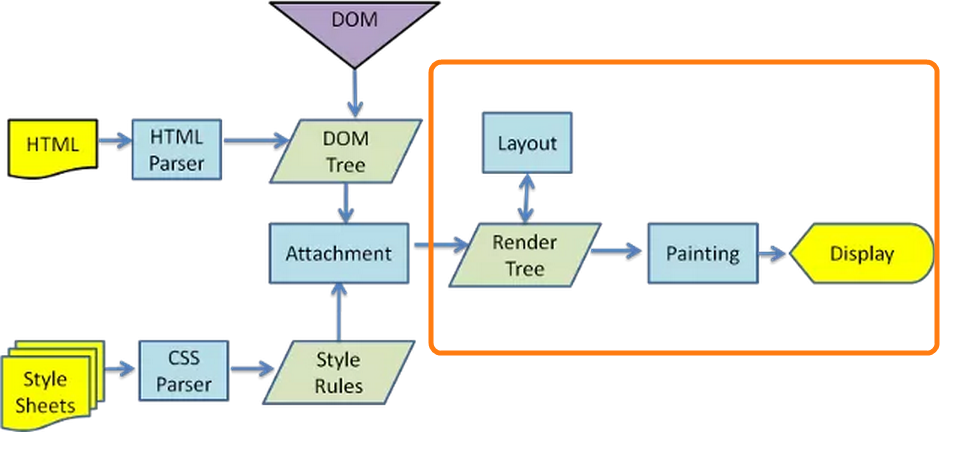
Try to Avoid
Re-flow
Use DOM DocumentFragment
Clone the DOM
Styles affect paint and layout
John Resig: DOM DocumentFragment
MDN: DocumentFragment
Re flow Layout
JS best practices
Nicholas Zakas: 10 JS Performance Boosting
Lets Talk about CSS
CSS Selectors

ID
1. <style>
2. #myFirstTODO
3. {
4. color:red;
5. }
6. </style>
7.
8. <div>
9. <p id="myFirstTODO"> have to shower </p>
10. <p> have to shave</p>
11. <p> have to cut hair</p>
12. <p> buy perfume</p>
13. <p> at least buy t shirt</p>
14. </div>
Class
1. <style>
2. .greenBold
3. {
4. color: green;
5. font-weight:bold;
6. }
7. </style>
8.
9. <div>
10. <p> have to shower</p>
11. <p class="greenBold"> have to shave</p>
12. <p class="greenBold"> have to cut hair</p>
13. <p> buy perfume</p>
14. <p> at least buy t shirt</p>
15. </div>
Immediate Children
1. <style>
2. li > ul
3. {
4. color: green;
5. font-weight: bold;
6. }
7. </style>
8.
9. <div>
10. <ul>
11. <li> List Item
12. <ul>
13. <li> Child </li>
14. </ul>
15. </li>
16. <li> List Item </li>
17. <li> List Item </li>
18. <li> List Item </li>
19. </ul>
20. </div> Descendent
#myTODO p
{
color: green;
font-weight: bold;
}
Fancy Selectors
div + p { /*Adjacent*/ }
div ~ p { /*Sibling*/ }
input[type="checkbox"] { /*Attribute*/}
p:first-child { /*pseudo*/}
Advanced CSS Selectors
You can
Doesn't mean you should
Better Quality CSS
Best Practices are killing us
CSS Optimization
Render Speed

ID - #myID
Class – .myClass
Tag – div
Sibling – div + p, div ~ p
Child – div > p
Descendant – div p
Universal – div *
Attribute – input[type="checkbox"]
Pseudo – p:first-child
Efficient CSS Selector
Faster HTML and CSS
This doesn't mean everything should be ID
ID and Class: Almost Similar
DRY, Readable & Maintainable
Fast
Difference between ID and Class
CSS Try to Avoid
Rendering Best practices
Google: Optimize Browser Rendering
Universal Key Selector
body * {
color:#365277;
}
.hide-scrollbars * {
font-size: 16px;
}
When you can't read easily. Same to Browser
#myDiv ul li button
{
width:200px;
}
#myDiv ul li:nth-child(2) li:nth-child(7) > a
{
color:red;
}
Use class
.btnMedium
{
width:200px;
}
.myClass
{
color:red;
}
Don't Repeat
.upTrend
{
background-image:url('upGreen.jpg');
background-repeat:no-repeat;
background-position: center center;
padding-left:20px;
}
.downTrend
{
background-image:url('downRed.jpg');
background-repeat:no-repeat;
background-position: center center;
padding-left:20px;
}
Still Repeating
.upTrend
{
background-image:url('upGreen.jpg') center center no-repeat;
padding-left:20px;
}
.downTrend
{
background-image:url('downRed.jpg') center center no-repeat;
padding-left:20px;
}
Combine Common Styles
.upTrend
{
background-image:url('upGreen.jpg');
}
.downTrend
{
background-image:url('downRed.jpg');
}
.upTrend, .downTrend
{
background-repeat:no-repeat;
background-position: center center;
padding-left:20px;
}
Be as specific as possible.
ul li a
{
/* My awesome anchor */
}
* html #atticPromo ul li a
{
/* My awesome rules */
}
Redundant selectors
ul #top_blue_nav
{
...
}
form #UserLogin
{
...
}
Check again your child selectors
//don't
treeitem[IsImapServer="true"] > treerow > .tree-folderpane-icon
{
...
}
//do
.tree-folderpane-icon[IsImapServer="true"]
{
...
}
Mozilla Rendering Guides
How CSS Selectors are Matched
1. <html>
2. <head>
3. //head omitted due to lack of brain
4. </head>
5. <body>
6. <header>
7. <h1>My Awesome title</h1>
8. </header>
9. <nav>
10. <ol>
11. <li><a href="#">StackOverflow</a></li>
12. <li><a href="#">StackOverflow</a></li>
13. </ol>
14. </nav>
15. <section>
16. <div>
17. <ul>
18. <li><a href="#">StackOverflow</a></li>
19. <li><a href="#">StackOverflow</a></li>
20. </ul>
21. </div>
22. </section>
23. </body>
24.</html>
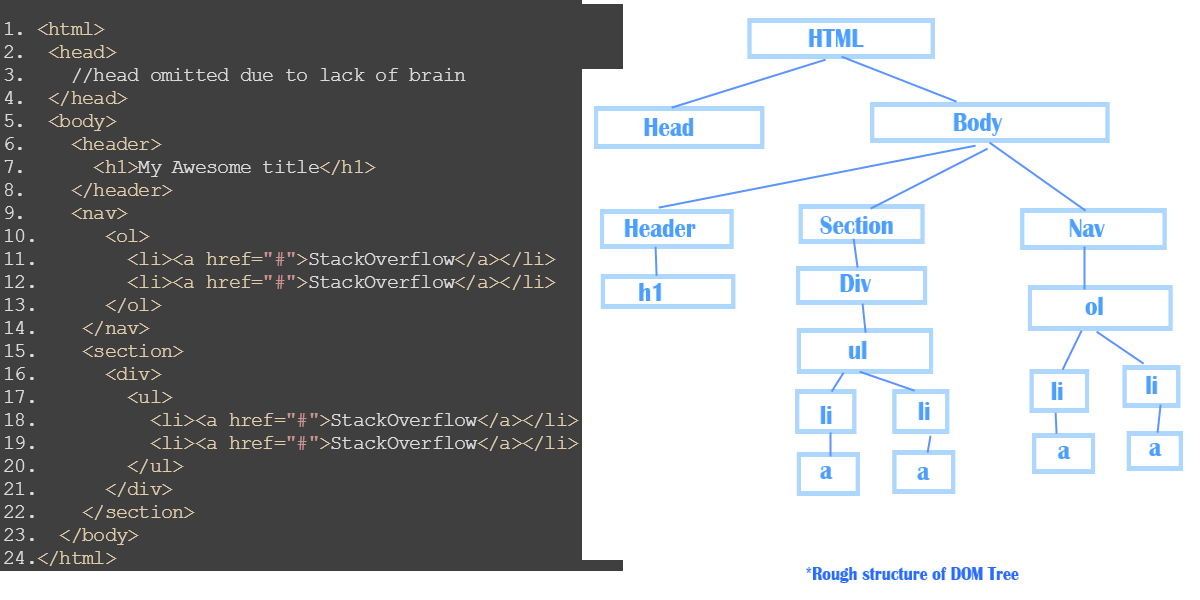
li { color: red; }
- Run only once
nav a {color:green;}
nav a {color:green;}
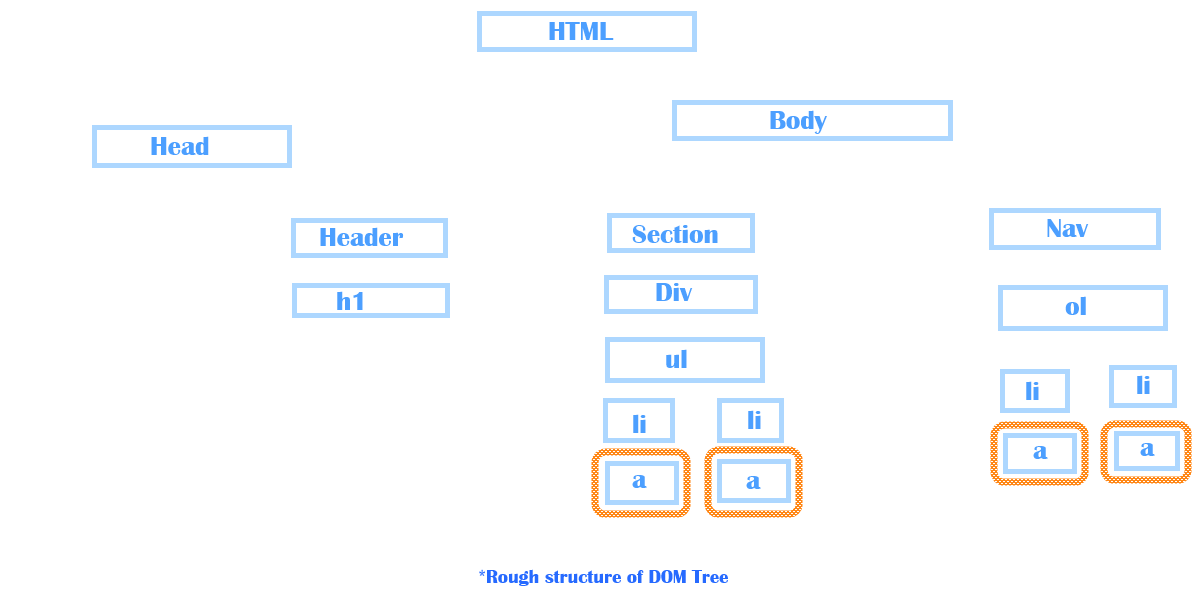
nav a {color:green;}
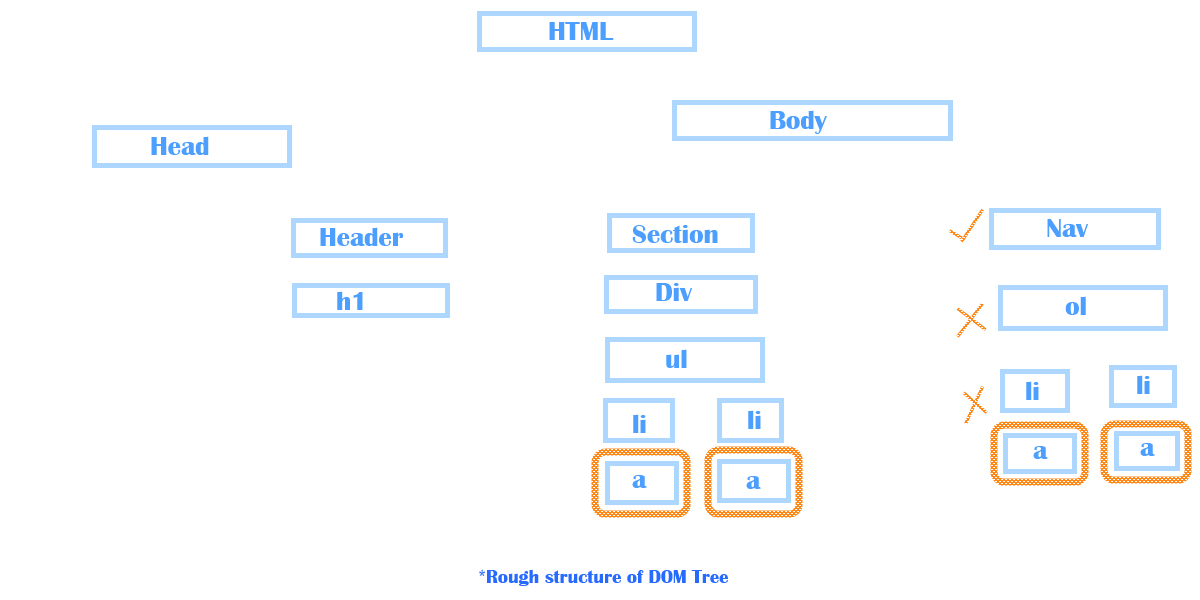
nav a {color:green;}
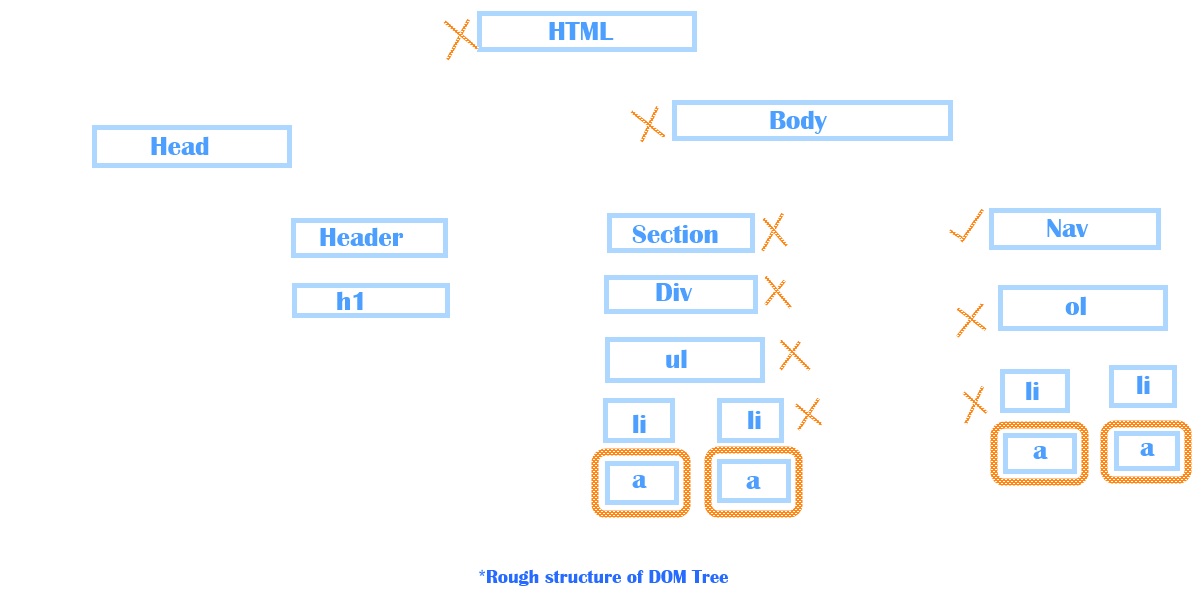
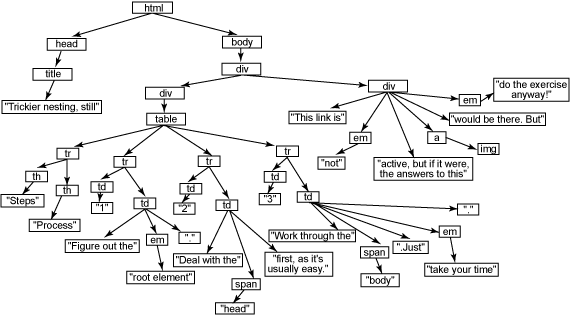
Browser Evaluates Selectors?
Right to Left
<=
CSS hierarchy matching
High Performance CSS
CSS Code Design
CSS Specificity
/* Take Advantage of CSS specificity */
/* class, id, inline, !important */
Estelle Weyl: CSS SpeciFISHity
CSS-Tricks: CSS Specificity
Understanding CSS
MDN: Specificity
Specificity calculator
Power of Specificity
CSS Specificity: Things you should know
Unused CSS
Detect Unused CssJavaScript


JS try to Avoid
Access Same Variable
var blah = document.getElementById('myID');
var blah2 = document.getElementById('myID2');
var blah3 = document.getElementById('myID3');
var blah = document.getElementById('myID'),
blah2 = document.getElementById('myID2'),
blah3 = document.getElementById('myID3');
Localize variable
var doc = document,
blah = doc.getElementById('myID'),
blah2 = doc.getElementById('myID2'),
blah3 = doc.getElementById('myID3');
My For Loop
for(var i = 0; i < someArray.length; i++) {
var container = document.getElementById('container');
container.innerHtml += 'my number: ' + i;
console.log(i);
}
Cache outside of loop
var container = document.getElementById('container');
for(var i = 0; i < someArray.length; i++) {
container.innerHtml += 'my number: ' + i;
console.log(i);
}
Little More!!!
var container = document.getElementById('container');
for(var i = 0, len = someArray.length; i < len; i++) {
container.innerHtml += 'my number: ' + i;
console.log(i);
}
Even Better
var i,
length = 100;
for ( i = 0; i < length; i++ ) {
// statements
}
// Or...
var i = 0,
length = 100;
for ( ; i < length; i++ ) {
// statements
}
Use === than ==
0 == ''; // true
0 === false; //false
if (( x === null) || (x === undefined)){ ... }
if(x == null) { ... }
When you don't actually know whether they are same type
typeof thing == 'function'; //always be string
myArray.length == 0; //will always be number
mySting.indexOf('x') == 0;
Initialize if Undefined
if ( !MyNamespace ) {
var MyNamespace = { };
}
//or
var myNamespace = myNamespace || {};
//or http://jsperf.com/conditional-assignment
// myNamespace || ( myNamespace = {} );
//or
if ( typeof MyNamespace == ’undefined’ ) {
var MyNamespace = { };
}
JavaScript: String
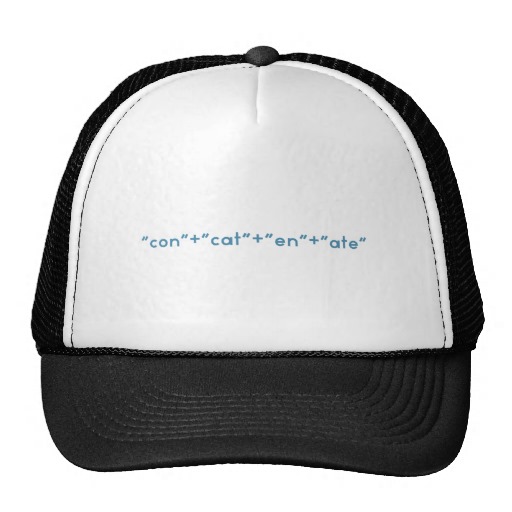
String Concatenation
var tinyMessage = 'Trust me, i started one line' +
'Designer told me he wants little more' +
'I added little more' +
'Manager said, this is not enough' +
"He didn't said what to add" +
'Just said add' +
"I didn't know what to add" +
'So i added a slice of pizza' +
'Client said this is stupid' +
'Manager said, client is right';
[ ].join(' ')
var tinyMessage = ['Trust me, i started one line',
'Designer told me he wants little more',
'I added little more',
'Manager said, this is not enough',
"He didn't said what to add",
'Just said add',
"I didn't know what to add",
'So i added a slice of pizza',
'Client said this is stupid',
'Manager said, client is right'].join(' ');
Why is string concatenation faster than array join
fastest-way-to-build-this-string
Your Own String Builder
var strBuilder = ['First 20 fibonacci numbers:'];
for (var i = 0; i < 20; i++) {
strBuilder.push( i, '=', fibonacci(i));
}
var fibonacciStr = strBuilder.join(' ');
Object Vs Array
Array
Same Type
Use Full Array
Avoid Pre-allocate
Grow as you Go
Type Inference Performance
Sparse vs Full Arrays
Pre-allocated Arrays
// Don't do this:
a = []; // executor knows nothing
for(var i = 1; i <= 4; i++) {
a.push(i);
}
// just do it:
var a = [1, 2, 3, 4];
Delete is not delete
var myArray = [1, 2, 3, 4, 5, 6]; //myArray.length = 6
delete myArray[2];
myArray; //[1, 2, undefined × 1, 4, 5,6]
console.log(myArray.length); // 6
console.log(myArray[2]); // undefined
Array.splice
myArray.splice(2,1);
Objects
Varying types properties
Integer-indexed Objects is always faster
Use Object.Create()
Object.create() vs. constructor vs. object literal
Delete is not delete
var o = { x: 1 };
delete o.x; // true
o.x; // undefined
Let GC Breathe

Holding references
function getLargeThing (x) {
var a = function () {
var largeStr = new Array(1000000).join('x');
return function () {
return largeStr;
};
}();
JSPerf: Closure vs Shared method
Trust Arguments
if (callback && typeof callback === "function"){
/* rest of your logic */
}else{
/* not a valid function */
}
Momoization
Memoization
var fibonacci = function (n) {
return n < 2 ? n : fibonacci(n - 1) + fibonacci(n - 2);
};
for (var i = 0; i <= 10; i += 1) {
console.log( i + ': ' + fibonacci(i));
}
// 0: 0
// 1: 1
// 2: 1
// 3: 2
// 4: 3
// 5: 5
// 6: 8
// 7: 13
// 8: 21
// 9: 34
// 10: 55
JavaScript: Good Parts
var fibonacci = (function () {
var memo = [0, 1];
var fib = function (n) {
var result = memo[n];
if (typeof result !== 'number') {
result = fib(n - 1) + fib(n - 2);
memo[n] = result;
}
return result;
};
return fib;
})();
General Memoization
Function.prototype.memoize = function(){
var self = this, cache = {};
return function( arg ){
if(arg in cache) {
console.log('Cache hit for '+arg);
return cache[arg];
} else {
console.log('Cache miss for '+arg);
return cache[arg] = self( arg );
}
}
}
Implement general Memoize
function fooBar(a){ ... }
// once a memoizer is available, usage is as simple as
var memoFooBar = fooBar.memoize();
memoFooBar(1);
// are conducted. This result is then cached for next time.
memoFooBar(1); // will now return the cached result
memoFooBar(2); // whilst this will need to be calculated
JavaScript Others
Reduce Global
var current = null;
function init(){...}
function change(){...}
function verify(){...}
var myNameSpace = {
current:null,
init:function(){...},
change:function(){...},
verify:function(){...}
}
myNameSpace.init();
Develop with Namespace
JS 24 best practices
Self executing
(function(){
var current = null;
function init(){...}
function change(){...}
function verify(){...}
})();
(function( skillet, $, undefined ) {
//Private Property
var amountOfGrease = "1 Cup";
//Public Method
skillet.toString = function() {
console.log( skillet.quantity + " " +
skillet.ingredient + " & " +
amountOfGrease + " of Grease" );
console.log( isHot ? "Hot" : "Cold" );
};
}( window.skillet = window.skillet || {}, jQuery ));
Re-think try-catch
 Rethink: Try-catch
Rethink: Try-catch
JSPerf: try-catch vs if check
JS: try catch vs Error checking
Why Empty catch block is bad
Use Strict Mode
// Non-strict code...
(function(){
"use strict";
// Define your library strictly...
})();
// Non-strict code...
DOM vs innerHTML
Templating JS vs Mustache
JSPerf: Dom vs innerhtml based templatingMustache Manual
Know Javascript Engine
- Know V8
- Hidden Class
- Avoid Memory Leaks
- Compile browser
Memory Efficient JS
JQuery
Don't use it for 3 lines of Code
$(document).ready(function () {
alert('document is ready. I can sleep now');
});
Script as Last Tag of body
Self Executing function
document.onreadystatechange = function () {
//docuemnt ready. dont work for older browser or IE
if (document.readyState == "complete") {
alert('document is ready. I can sleep now');
}
} Copy ready: function from JQuery
5-things-you-should-stop-doing-with-jquerySelector Repetition
$('#myText').css("color", "blue");
$('#myText').css("font-size", "1.2em");
$('#myText').text("Text changed!");
//chain it or cache it
$('#myText').css({ "color": "blue", "font-size": "1.2em"}).text("Text changed!");
//better
.myClass{
color:blue;
font-size:1.2em;
}
//apply class not style
$('#myText').addClass('myClass').text("Text changed!");
Efficient JQuery Selector
Use Sub queries
<ul class="nav">
<li>List 1, item 1</li>
<li>List 1, item 2</li>
<li>List 1, item 3</li>
</ul>
<ul class="nav">
<li>List 2, item 1</li>
<li>List 2, item 2</li>
<li>List 2, item 3</li>
</ul>
$( "ul.nav li:eq(1)" ).css( "backgroundColor", "#ff0" );
//better
$( "ul.nav" ).each(function( index ) {
$( this ).find( "li:eq(1)" ).css( "backgroundColor", "#ff0" );
});
Remember :=> JQuery is not Database
jquery-performance-rules15-powerful-jquery-tips-and-tricks
Jquery Also !
Right to left
Jquery Right to left
Your jQuery: Now With 67% Less Suck
JSPerf: Jquery Right to Left
Why Right to Left
High Performance Network

Small is Big

Every byte counts
Every byte will bite!
Minify
ggl closure (demo)JS Compress
Uglify
JS Min
CSS Tidy
Minify CSS
CSS Minifier
Combine
CommonJS, Require JS
Give the load to Grunt!
Yo
http://yeoman.ioOrder Matters
Style on Top
Script on bottom
Cuzillion demo (youtube)
Properly include style and scripts
Async Vs Defer
Dont block
<script src="file-a.js"></script>
<script src="file-b.js" defer></script>
<script src="file-c.js" async></script>

Async Vs Defer
Small in line
Other than loding different file
Good for Mobile device
gZip
7-zipJank
jank layers hover scrollJank Invaders
Debugging and Fixing Jank
Jank Free
Scroll could be scary!
Scrolling Performance
unnecessary Paints
Something else make Scroll bad!
- position:fixed
- overflow:scroll
- :hover effect
- touch listeners
- Image resize
requestAnimationFrame (rAF)
Browser dynamically adjust to keep frame rate normal.
Decouple events from animation
Avoid animation that causes reflow-repaint loops
HTML5: faster rFArFA API: sub milisecond precision
can i use: rFA
Parallax
window.onscroll = function(e) {
var parallax = document.getElementById('parallax-background');
parallax.style.marginTop = (window.scrollY/2) + 'px';
}
window.onscroll = function(e) {
// could use prefixes: webkitTransform, mozTransform etc.
var parallax = document.getElementById('parallax-background');
parallax.style.transform = 'translate3d(0px,' + (window.scrollY/2) + 'px, 0px)';
}
Debounce & Throttle
Defer
Debounce: Example
Performance Debug
JS ProfilingProfiles
Performance Secret: Peter Flynn
Console API
//test
console.assert(myArray.length >5, "More than 5 elements");
//hit count
console.count("Number of times entered");
//JS represents of Obj
console.dir(document.body);
//trace
console.trace();
Console API
More Console
console.time("Array initialize");
var array= new Array(1000000);
for (var i = array.length - 1; i >= 0; i--) {
array[i] = new Object();
};
console.timeEnd("Array initialize");
Performance Debug
var start = performance.now();
//execute your function
foobar();
var end = performance.now();
console.log(start - end +'ms');
Rectangle
Settings
Memory Profiling
JS Memory ProfilingLong paint times profiling
Effective Memory management
Leak Finder
chrome://tracing
Tracing paint operationsTracing Flag
Break Everything
I have said
\
/
As Long As YOU know what YOU ARE doing
Break All the Rules
Review Your Code
JSMentorsCode Review
Fun with JavaScript
Together JS
Mozilla Together JSWAT!
Gary Bernhardth CodeMash 2012JS Wizardy
Martin Kleppe: JS Conf EUpromise().then()
JavaScipt NinjaUnderScore or JQuery source code
High Performance Browser Network
asm.js: JS compile Target
Lo-dash
Take Away
- Nothing is absolutely right
trust Tools, not Rules
Angus Croll: Break all the rules

Free Tip

Thank You
http://bit.ly/1gx0FRU
MD Khan / @mdkhan005
 http://bit.ly/1gx0FRU
http://bit.ly/1gx0FRU
 http://bit.ly/1gx0FRU
http://bit.ly/1gx0FRU